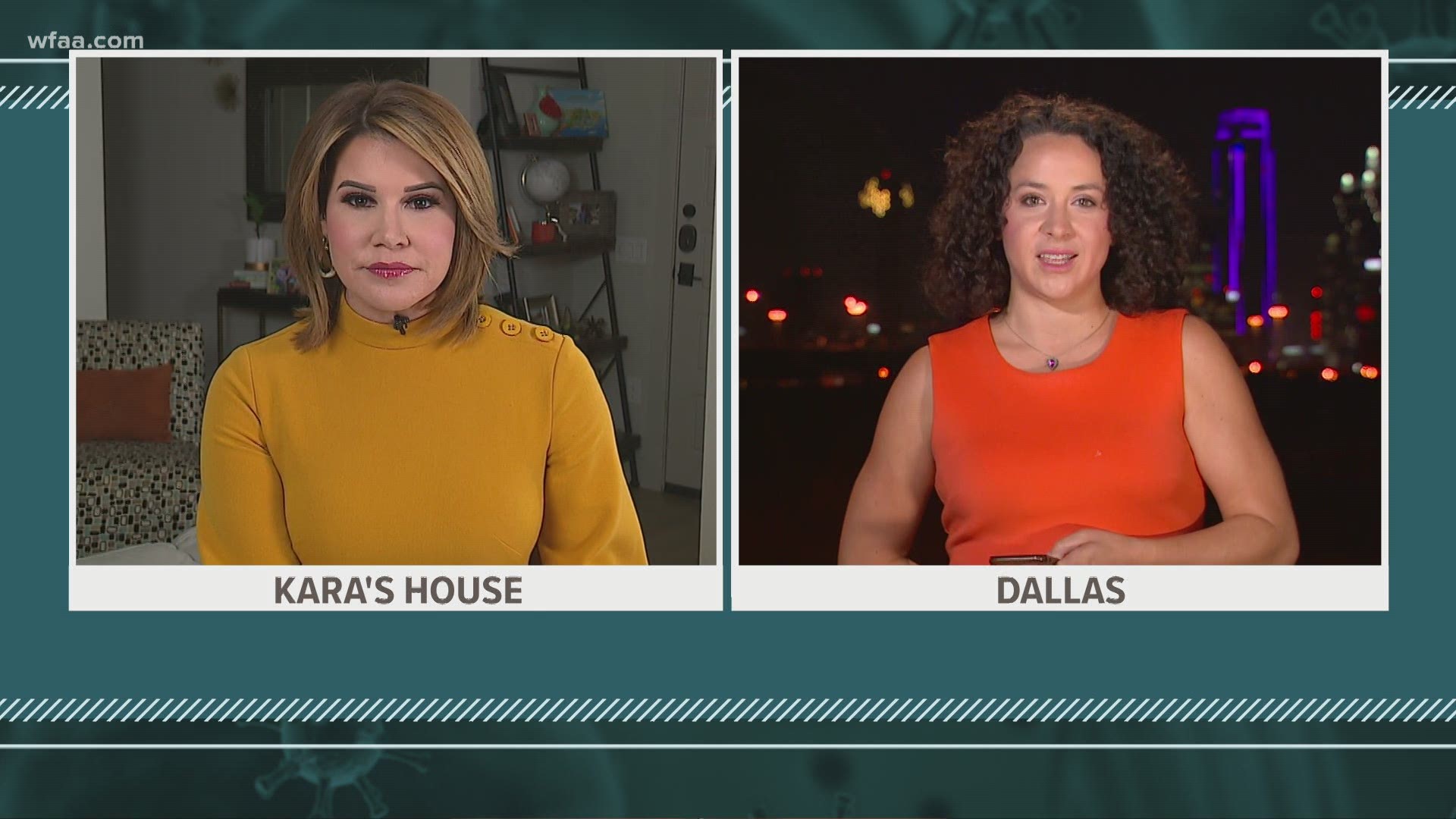GARLAND, Texas — Most school districts in North Texas are now offering some form of both in-person learning and online school.
However, as COVID-19 cases rise, there is a growing concern about how long that may last.
On Thursday, U.S. Secretary of Education Betsy DeVos heard first hand from North Texas teachers, parents and students on how schools are balancing both kinds of teaching.
“The expectation that learning will continue and support for students will continue no matter where that learning is done,” DeVos said during the townhall.
Students at the International Leadership of Texas, a public charter school that emphasizes both foreign language and leadership, shared challenges of learning in a pandemic.
Senior Amit Kumar asked Devos how the federal government can best balance in-person learning with student and faculty safety.
“How would you draw the line between what is safe and what is not safe as the Secretary of Education?” Kumar asked.
“The simple answer is there is no one size fits all answer,” DeVos replied.
An answer, DeVos added during remarks with reporters later, that is best left up to local districts and superintendents.
In Dallas County, public health officials on Wednesday moved the county back to a “red” risk level amid rising COVID-19 cases and hospitalizations.
Dallas ISD said it would continue to offer in-person and virtual learning based on parental preference.
In Tarrant County, public health officials have advised all schools to offer virtual-only education, despite most districts also offering in-person learning currently.
Speaking with reporters after the roundtable, DeVos reemphasized the preference from the Trump administration.
“We know it’s important for most kids to be learning in person, so the goal needs to be, do that as much as possible and wherever and whenever possible,” DeVos said.
DeVos said more than $13 billion has been provided through CARES Act funding to help K-12 schools nationwide during the pandemic.
While many students are returning to in-person, Kumar says for at least the rest of this semester of his senior year, he will take a different route.
“If you can avoid that amount of risk, then I would do it,” Kumar said. “As long as virtual learning continues to be effective then I believe that’s the best option.”


